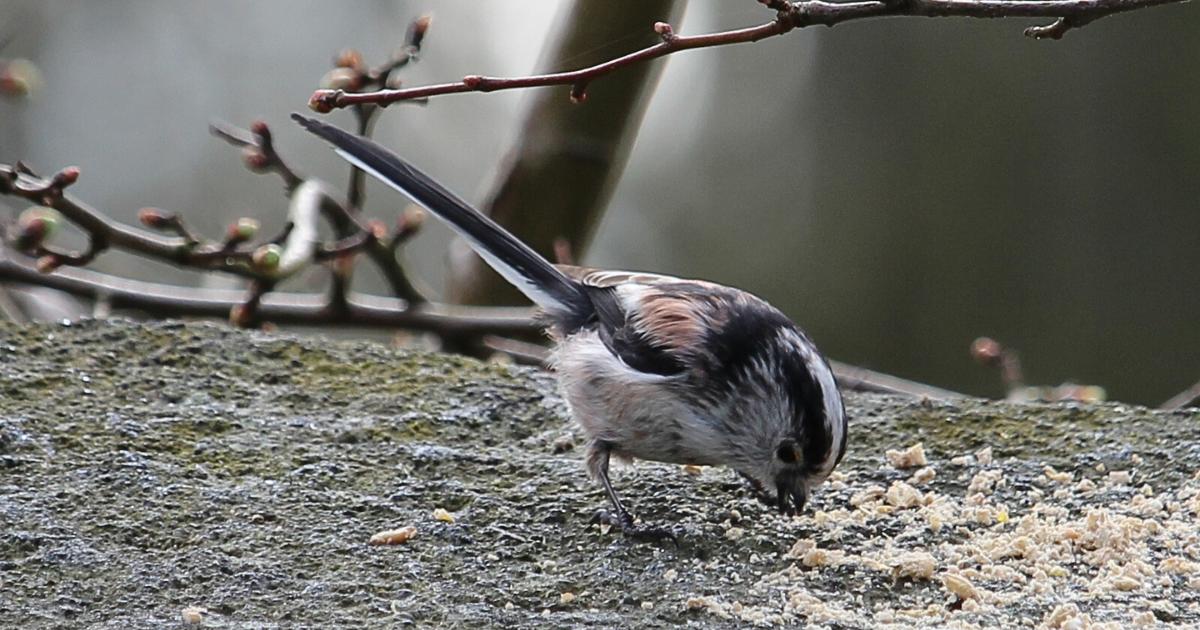In the farmlands of central Spain, a surprising wildlife mystery is unfolding: European rabbits, a species endangered in their native habitat, are thriving along motorways. A new study reveals how roadside slopes and nearby farmland create the perfect hideouts for these burrowing animals, but their success is sparking clashes with farmers.
Slopes, Soil, and Snacks: The Rabbit’s Roadside Recipe
Researchers in Spain surveyed over 1,600 km of motorway verges in Castilla-La Mancha, counting 11,882 rabbit warrens, networks of connected rabbit burrows. They discovered that rabbits prefer stretches of road with slopes averaging 12-17%, deep soils, and landscapes dominated by crops like grains and olive groves.

Burrow Boom: How Highways Host Hidden Rabbit Cities
The study found rabbit warrens clustered unevenly along highways, with some stretches packed with burrows while others had none. These underground networks thrive where motorway embankments offer just the right slope for digging.
Deep, soft soils near farmlands allow easy tunneling and easy snacking, turning quiet roadside strips into bustling rabbit neighborhoods. The team’s models even pinpointed hotspots with more warrens, often near crop fields, proving highways aren’t just roads, but rabbit real estate.

From Warrens to Warnings: Predicting Farmland Conflicts
The team created a “warren index” to predict where rabbit-related crop damage might occur. When tested, areas flagged as high-risk by the index matched regions where farmers had already reported losses. This tool could help officials protect both rabbits and crops, a balancing act critical for conservation.
Highway Habitats and Hazards
Surprisingly, the study highlights how human infrastructure can unintentionally aid wildlife. While roads often harm ecosystems, these findings show they might also help species struggling elsewhere. However, challenges remain: high rabbit populations could attract predators like the vulnerable Iberian lynx to dangerous roadside areas, raising new risks.

Credit: Diego Delso, CC BY-SA 4.0
The Road Ahead: Balancing Bunnies and Breadbaskets
The research underscores an urgent need to blend infrastructure planning with wildlife management. As Spain’s countryside evolves, understanding these unintended rabbit havens may be key to saving a species that’s both a threatened ecosystem engineer and a farmer’s foe.
***
“Rabbits on the road: Disentangling the factors driving the warren’s
abundance on motorways.” Fernández-López et al. Global Ecology and Conservation (2025).








